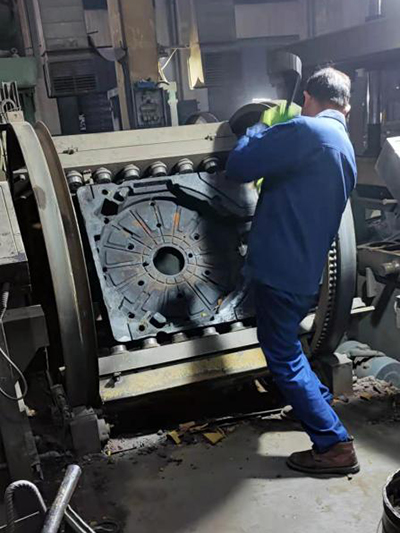The Fascinating World of Sand 3D Printing
In recent years, 3D printing has revolutionized various industries, ranging from manufacturing to healthcare. One particularly intriguing branch of this technology is sand 3D printing, which harnesses the unique properties of sand to create intricate and durable structures. This innovative method presents new opportunities and challenges, pushing the boundaries of conventional fabrication methods.
What is Sand 3D Printing?
Sand 3D printing is a process that uses sand as a primary material to manufacture objects layer by layer. Typically, the process involves a binder material that is applied to the sand to fuse it together in specific patterns dictated by digital models. The layers of sand are built up until the desired shape is achieved, after which the unbound sand is removed, leaving a solid structure behind.
This method is particularly advantageous for creating complex geometries that would be difficult or impossible to achieve through traditional means. It is widely used in industries such as construction, automotive, and aerospace, where intricate designs and custom components are often required.
Advantages of Sand 3D Printing
One of the significant benefits of sand 3D printing is its sustainability. Sand, especially silica sand, is abundant and widely available, making it an environmentally friendly choice compared to other 3D printing materials like plastics or metals. Additionally, the printing process generates minimal waste. The unused sand can be reclaimed and reused for future projects, contributing to a circular economy.
Cost-effectiveness is another advantage. Sand 3D printing allows for rapid prototyping, enabling designers and engineers to produce parts quickly and at a lower cost than traditional manufacturing methods. This reduction in lead time and expenditure is especially beneficial in industries where innovation and time-to-market are crucial.
Furthermore, sand 3D printing can produce complex shapes that require fewer parts, leading to a reduction in assembly times and labor costs. The strength and durability of sand-cast components make them ideal for industries that require high-performance materials.
sand 3d

Applications of Sand 3D Printing
The versatility of sand 3D printing opens up a wide array of applications. In the construction industry, it is being used to create molds for concrete structures. Architects and builders can design complex shapes that were previously unattainable, leading to innovative building designs and more efficient use of materials.
In the automotive and aerospace sectors, sand 3D printing is used to manufacture lightweight components that maintain structural integrity. These industries often require custom or low-volume parts, which makes sand 3D printing an ideal solution. It allows for the design of highly optimized parts that can save fuel and improve performance.
Moreover, the artistic potential of sand 3D printing cannot be overlooked. Artists and designers are experimenting with this technology to create stunning sculptures and installations, blurring the lines between art and technology. The ability to form intricate details in large-scale projects offers artists a new medium through which to express their creativity.
Challenges and Future Prospects
Despite its many advantages, sand 3D printing does face challenges. The process requires specific conditions and expertise, which can limit its accessibility for smaller companies or individual artists. Moreover, the speed of the printing process can vary based on the complexity of the design, which could affect production timelines.
Looking ahead, advancements in sand 3D printing technology are expected to address these challenges. Ongoing research into different binder materials and printing techniques holds the promise of improving efficiency and expanding the range of applications. As the industry continues to grow, it is likely that more user-friendly machines will emerge, making sand 3D printing available to a broader audience.
In conclusion, sand 3D printing represents a fascinating intersection of technology, sustainability, and creativity. As it evolves, this innovative method has the potential to reshape various industries, offering solutions that are not only practical but also environmentally friendly. With continued research and development, sand 3D printing may well become a cornerstone of modern manufacturing and design.
Post time:Nov . 12, 2024 03:33
Next:difference between sand casting and die casting
